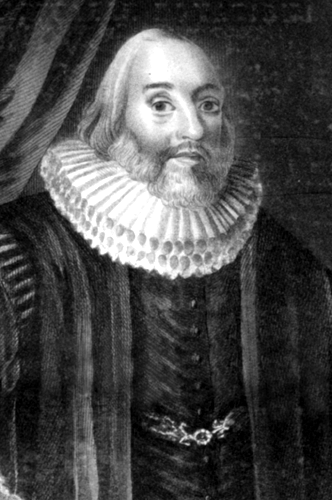 |
 |
|||
|
Some Reading Benefactors An Introduction In the 17th century, Reading received many gifts or benefactions. Some of them were of much value, and the fact that there were so many, just at this time, may be taken as proof of the thriving state in which the cloth trade then was. Most of these gifts were intended to help boys and girls who had lost their parents, or the very poor, or the aged and infirm. Usually the Corporation of Reading were asked to see that the benefactions were properly used.
Another noted benefactor was John Kendrick. John Kendrick was a clothier of London, but a native of Reading. He died in 1625 and he left the Corporation of Reading the large sum of £7,500 to be devoted chiefly to the building of a large house for the employment of poor people in the clothing trade. He also left money which could be lent without charge, for three years, to poor clothiers starting in business in Reading. He made several other gifts, including a sum to defray the cost of holding a service in St. Mary's Church every morning at six o'clock. John Kendrick's house of work, known as the ‘Oracle,’ was situated in Minster Street. It did not prove altogether a success and, as the clothing trade declined in Reading, it became less and less useful. Yet the valuable property from which the income of Kendrick's charity was derived might still have been turned to splendid account for the benefit of Reading people, but for the fact that, owing to a lawsuit, the Kendrick estates passed, in 1849, into the hands of Christ's Hospital in London. Soon afterwards, the old Oracle was pulled down and the only relics of it which now remain are the carved wooden gates, long to be seen Tilehurst Road, and now in the Reading Museum. They still bear upon them the initials of John Kendrick. A third benefactor of Reading was John Blagrave of Southcote House, who, in 1611, not only left money to improve the Market Place and to build a single sided cloister by St. Laurence's Church, but also provided that, every year on Good Friday between the hours of six and nine in the morning, £10 should be paid to the Corporation in a new purse of leather. Before noon on that day, this money was to be thus spent. Twenty nobles were to be given as a marriage portion to a poor maidservant, who could show that she had served well for five years. Every year there were to be three such candidates: one, if possible, out of each parish. Every fifth year one of the three maids was to be chosen from Southcote, where John Blagrave had lived. The lucky maid was to be chosen by lot, and the old custom was for three pieces of paper to be put into a hat and for a little boy to be brought from the Free School in order to distribute the lots in the presence of the Mayor. John Blagrave also arranged that, after the casting of the lots, a sermon should be preached in St. Laurence's Church. After the sermon, sixty poor householders of St. Laurence's parish, for whom he each provided a gift, were to escort the lucky maid to her home, while a peal was rung upon the church bells. You may see John Blagrave's monument in St. Laurence's Church. In the Museum & Art Gallery,
but on on display, are portraits of Richard Aldworth and John Kendrick. Edited from W.M. Childs' "The Story of the Town of Reading" (1905)
|
|||
| © Nash Ford Publishing 2017. All Rights Reserved. | ||||






 A chief benefactor to Reading was
the London merchant, Richard Aldworth (1576-1654). There is much
confusion over his exact identity due to the many Richard Aldworths in
the family. The philanthropist was a native of the town. He was the son
of Richard Aldworth Senior (1539-1584) of Reading and grandson of
another Richard Aldworth (died 1594) of
A chief benefactor to Reading was
the London merchant, Richard Aldworth (1576-1654). There is much
confusion over his exact identity due to the many Richard Aldworths in
the family. The philanthropist was a native of the town. He was the son
of Richard Aldworth Senior (1539-1584) of Reading and grandson of
another Richard Aldworth (died 1594) of